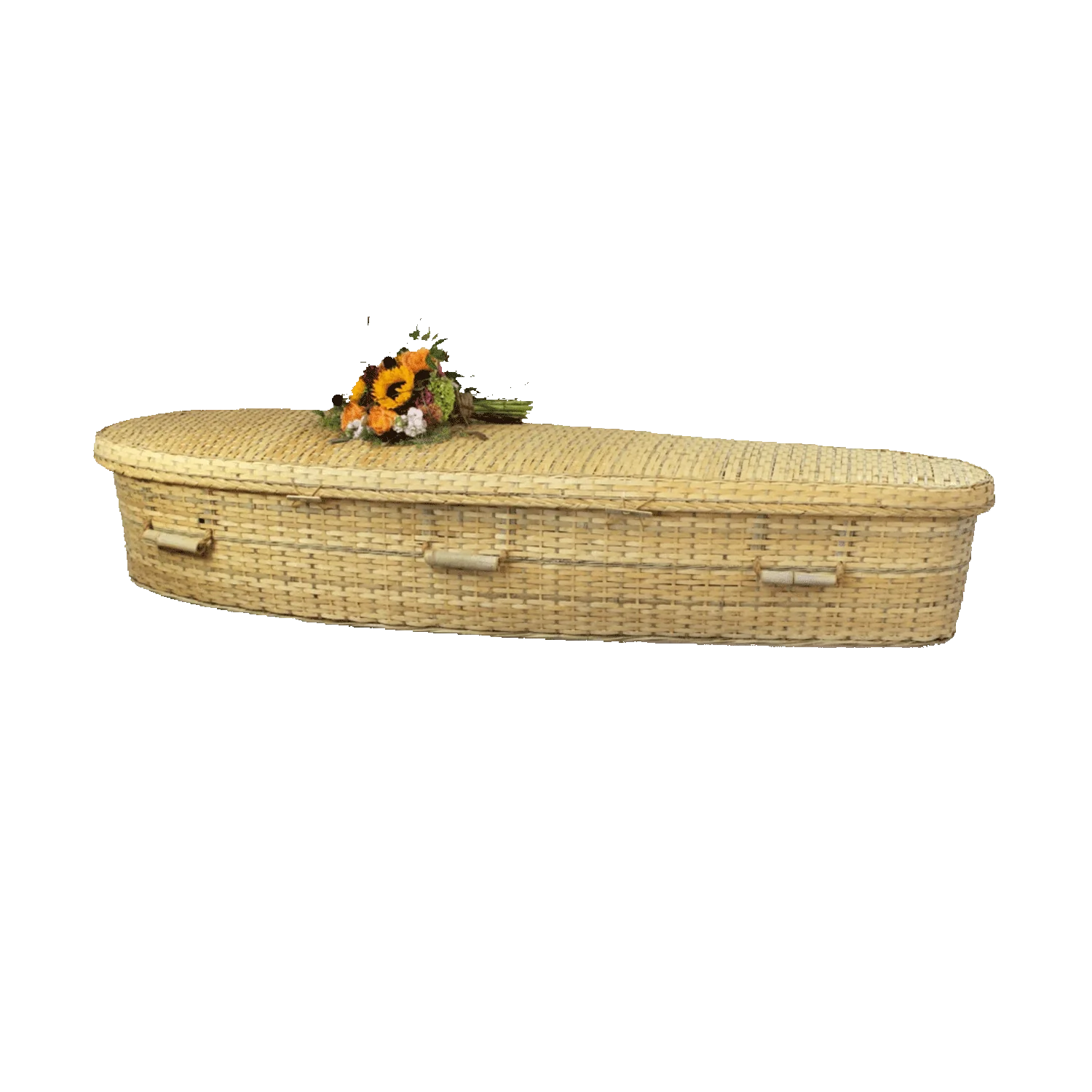Hearses, those solemn and elegant vehicles that transport the deceased to their final resting place, are a fascinating blend of history, tradition, and craftsmanship. Often associated with funerals and the somber procession that accompanies them, hearses serve a unique and essential role in the end-of-life journey. In this blog post, we'll delve into the world of hearses, exploring their history, design, and the evolving significance they hold in modern times.
A Brief History of Hearses
The use of hearses can be traced back to ancient civilizations. In Egypt, for instance, the deceased were transported on ornate sleds pulled by animals, typically oxen. Over the centuries, the concept of a hearse evolved into a more structured and symbolic conveyance for the deceased.
Early European Hearses: In medieval Europe, hearses were horse-drawn carriages that were often elaborately decorated. These vehicles played a prominent role in funeral processions and were adorned with symbols of the deceased's station in life.
19th Century Developments: The 19th century saw significant changes in hearse design. Horse-drawn hearses became more ornate, and they often featured glass windows through which the casket could be viewed. The term "hearse" itself is believed to have been derived from the French word "herce," which means a triangular frame used for candles or as a canopy.
The Transition to Motorized Hearses: The early 20th century witnessed the transition from horse-drawn to motorized hearses. This shift marked a significant advancement in the funeral industry, making the transportation of the deceased more efficient and accessible. Motorized hearses often had grand, streamlined designs, in keeping with the luxury cars of the era.
Design and Craftsmanship
Hearses are meticulously designed vehicles, often featuring a range of distinctive elements:
1. Coachwork: Hearses are custom-built by skilled craftsmen who create the intricate design of the vehicle. They incorporate features like ornate carvings, metallic accents, and elegant drapery.
2. Glass Viewing Panels: Many modern hearses feature large glass viewing panels that allow mourners to pay their respects and view the casket during the procession. These windows are often adorned with curtains or decorative elements.
3. Exterior Design: The exterior design of a hearse varies depending on the manufacturer and region. Some hearse models maintain a more traditional appearance, while others have a sleek, modern aesthetic.
The Modern Role of Hearses
In modern times, hearses play a multifaceted role:
1. Transportation of the Deceased: The primary function of a hearse is to transport the deceased from the location of the funeral or memorial service to the burial site or crematorium. This solemn journey often involves a procession, allowing family and friends to accompany their loved one on their final trip.
2. Symbolism: Hearses have significant symbolism. They signify the transition from life to death and offer a respectful and dignified way to honor the deceased. The design and presentation of a hearse reflect the cultural and personal values associated with the end-of-life journey.
3. Customization: Many families now have the option to choose a hearse that aligns with their loved one's personality and preferences. There are a variety of hearse models available, ranging from classic and elegant to modern and sleek.
Conclusion
Hearses are not just vehicles; they are emblematic of a rich history and tradition that continues to evolve. As the world changes, so does the design and purpose of these distinctive conveyances, but the respect and reverence they embody remain constant. Whether adorned with intricate carvings, curtains, or modern sleek lines, hearses play an integral role in honoring the departed and offering solace to those who accompany them on their final journey.





